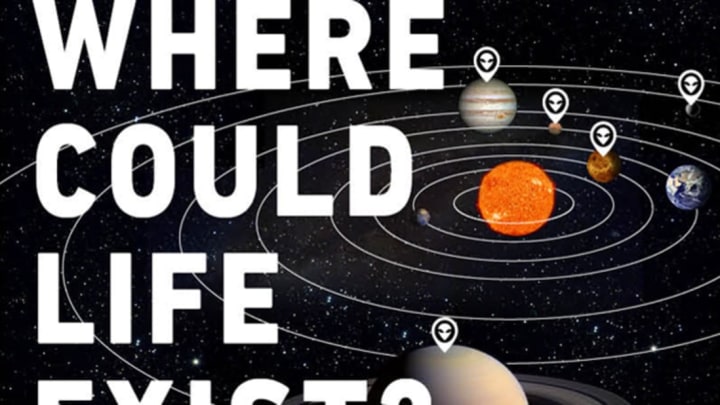We’d all like to believe we’re not alone in the universe, but what are the actual chances that life does, did, or could exist on Earth’s neighboring planets and moons?
Julie Rossman and David Klatt from the World Science Festival break it all down with this “Where Could Life Exist?” infographic. It highlights nine places where scientists believe life is possible, which means they show signs of water and seem to possess an energy source that could produce heat.
The characteristics are divided into two categories: “hopeful” and “doubtful.” Callisto, a moon of Jupiter, for example, has a possible ocean underneath its icy surface, but if it exists, it’s going to be a cold body of water that relies on radioactivity for heat—so not exactly the kind of life-fostering habitat we enjoy here on Earth. For the most part, none of the candidates, from our close neighbor Mars to the dwarf planet Ceres, are especially promising locales for future inhabitation or alien friends. Still, it’s fascinating to consider the options, even when “Surface is smoking hot. It hovers around 864 Fahrenheit” is on the cons list.
